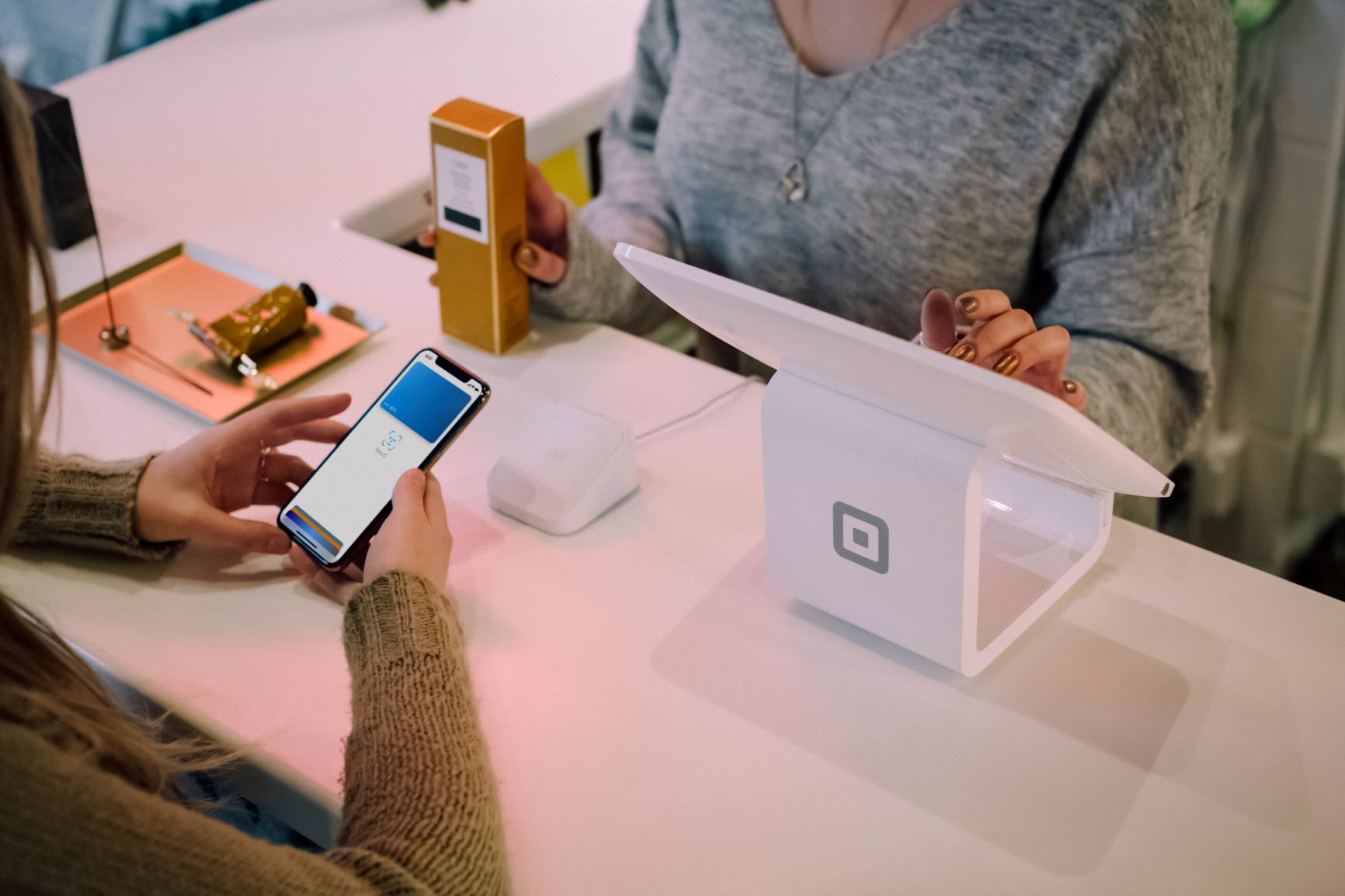By IDTechEx research staff
The Japanese government ministry METI and several leading Japanese retailers have announced they are planning to tag 100 billion retail items in Japan by 2025. Already several retailers are trialling automated checkouts in stores in Japan and China using RFID tagged products. Others achieve the same with sensor fusion, combining RF location technologies with machine vision, enabled by inexpensive cameras developed for smart phones and now moving into other applications. Amazon have several such stores in the US which eliminate tills.
Such is the state of the market for smart packaging containing technologies such as smart tags, RFID, NFC and sensors that IDTechEx Research predicts electronic smart packaging will be valued at $1.8bn in 2029.
Significant changes
Retail is undergoing significant changes; not only that the world’s population is growing, but there are more elderly people, too, and they need easier access to increasingly difficult-to-open packaging that’s been designed to prevent tampering in stores. Equally, cities are becoming more densely populated, with real estate becoming sparser and more expensive, leading to retail tills being seen as a waste of valuable space in stores.
Waste is prolific – within the supply chain and at home – and sustainability is much discussed, but work is only beginning. In addition to Internet shopping for groceries, non-grocery purchases continue to rise at an exponential rate, and even mobility is changing with autonomous last mile electric vehicles in trial to rapidly deliver products to customers.
All these parameters are making the retail
landscape for brands rather challenging. Hence, there are two important points
to consider: the first is the immediate moment a consumer sees the retail item
package, helping them form an opinion of the item inside. The second is when
the product is used. However, Internet shopping is eroding the first aspect; the
rules are now beginning to change very quickly.
Growing opportunities
There is increasing traction with RFID in packaging. Payments are changing too, with the rapid rise of QR codes in China, bypassing the need for smaller retailers to have card-processing machines and obtain credit merchant status – apps such as WeChat and AliPay can send the money to the retailer immediately once the QR code has been read. This success is localised – popular social media apps elsewhere have failed to encroach on the payment business.
Tagged items in stores are boosting sales by providing better stock control and IDTechEx also sees a trend to dual-frequency RFID tags where consumers can use their NFC phone to interact with the product. New technologies have now come to market, including flexible ICs which will help to reduce the cost of NFC labels further, making it applicable to tagging more things.
Then there is the huge progress to packaging which further excites the consumer and differentiates the product, from lit-up or sound-emitting versions that can be personalised, to smart packaging that can save lives by recording, for example, medication compliance in the form of smart blister packs or chemical time temperature indicators that alert to out-of-date or spoilt medications.
[Image credit: Christiann Koepke for Unsplash]










